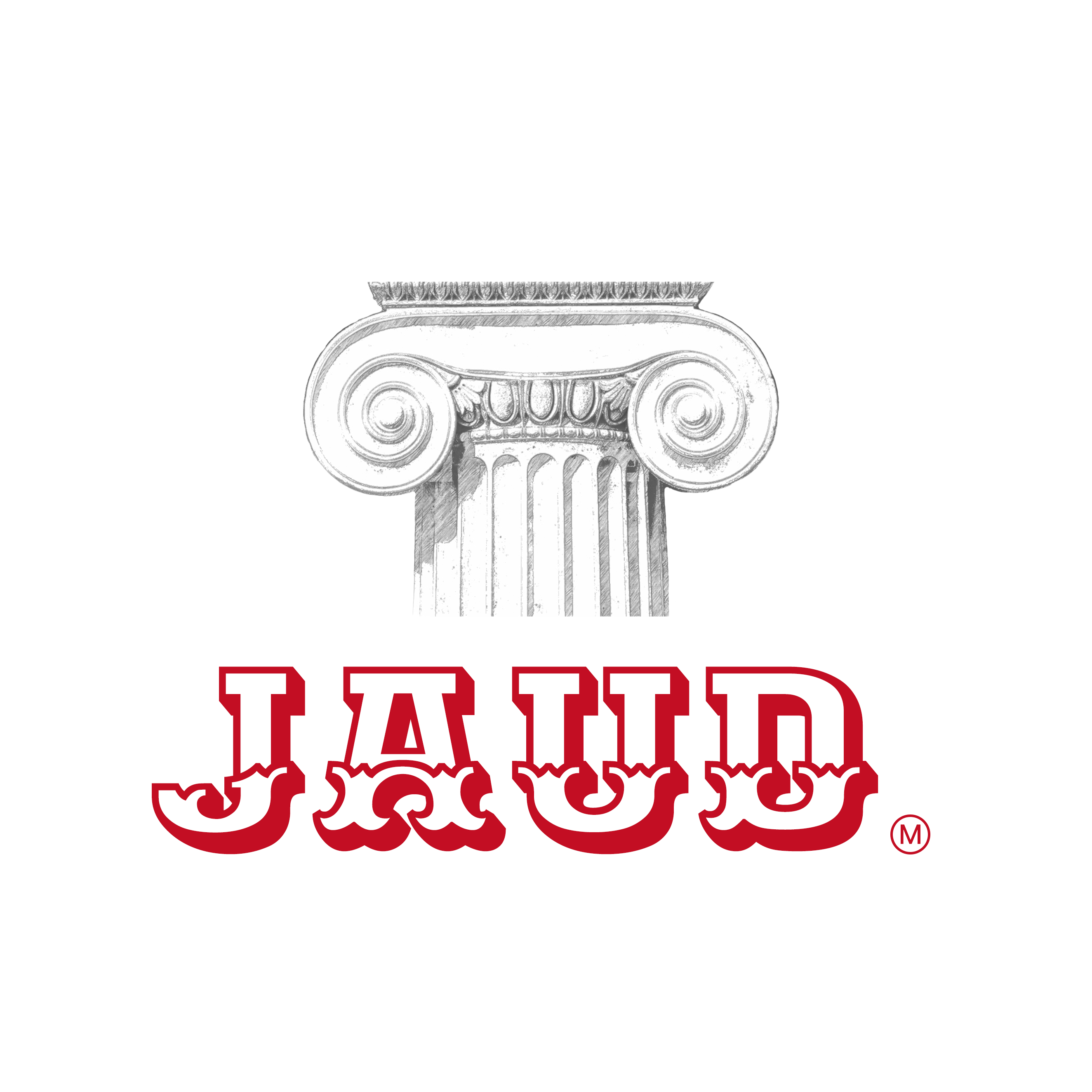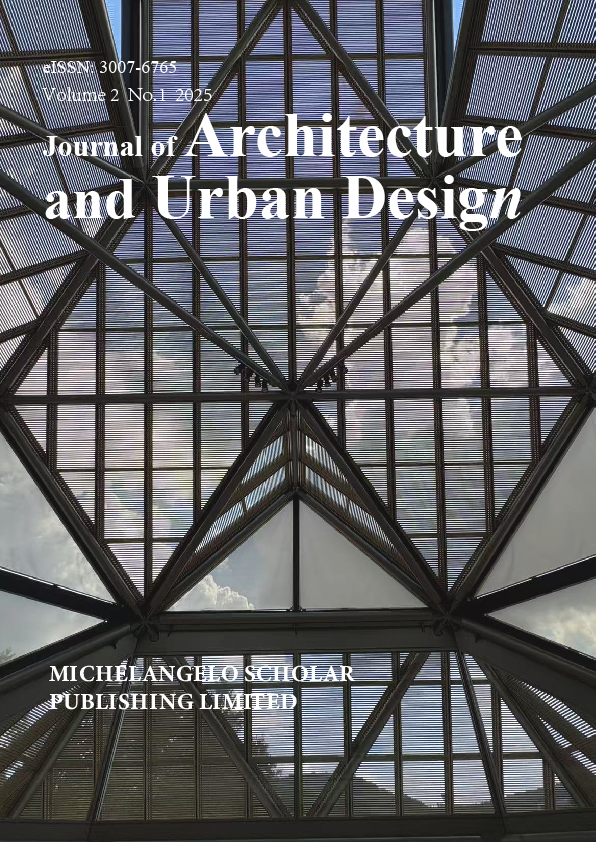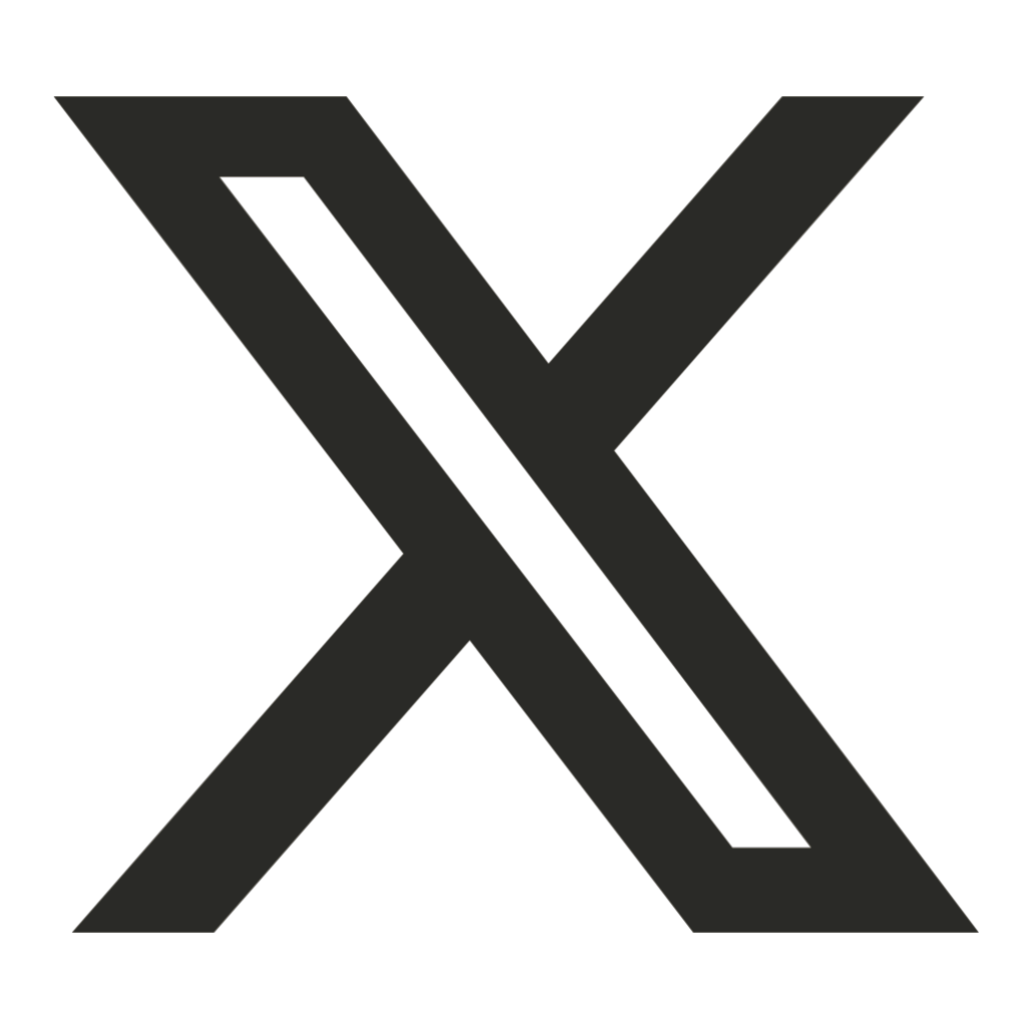The Journal of Architecture and Urban Design (JAUD) is an international scholarly journal published by MSPL. JAUD implements a peer-reviewed, open-access policy for original articles and publishes one issue per year online. All articles in JAUD are under the Creative Commons Attribution License (CC BY-NC-ND, version 4.0). Copyright for each article belongs to its author(s) and is published by MSPL.
JAUD covers areas such as architectural design, urban design, and urban culture. It is an academic platform that inherits the historical context, maintains ecological sustainability, and creates a better living environment. JAUD aims to explore the history, theories, and solutions related to architecture and urban design to promote the sustainable development of the ecological environment and to strive for global leadership in these fields. JAUD is committed to providing a trustworthy scholarly platform for designers and researchers.
Researchers from different disciplinary perspectives are welcome to submit manuscripts in English.
Latest Articles
Abstract: This paper explores the intersection of sustainable design, environmental justice, and social innovation through the lens of media architecture and architectural media. As urbanization intensifies and climate crises escalate, design practices must evolve beyond technical solutions to address systemic inequities in resource distribution and ecological burdens. Focusing on the role of design as a service-oriented discipline, this research investigates how media architecture—a hybrid field integrating digital technologies, public space, and participatory engagement—can act as a catalyst for environmental justice. By analyzing case studies of media-driven installations and community-centric platforms, the study argues that architectural media, when embedded with principles of equity and sustainability, can amplify marginalized voices, visualize environmental data, and foster civic agency in decision-making processes.
The paper critiques conventional top-down approaches in urban design, advocating instead for co-creative frameworks that prioritize grassroots participation and socio-technical synergies. It examines how dynamic media façades, interactive urban screens, and data-driven spatial interfaces might democratize access to environmental information while challenging power structures that perpetuate spatial inequalities. Furthermore, the study proposes a theoretical model for “just transitions” in the built environment, where media architecture serves as both a communicative medium and a tool for systemic change, bridging gaps between policy, technology, and community needs.
By situating media architecture within the discourse of social innovation, this research contributes to redefining design’s ethical responsibility in an era of ecological precarity. It calls for interdisciplinary collaborations that reimagine public space as a site of environmental storytelling, collective action, and equitable resource stewardship, ultimately advancing a vision of sustainability rooted in justice and inclusivity.
JAUD 2025, 2 (1), 95-117; https://doi.org/10.59528/ms.jaud2025.0906a6 - September 6, 2025
by
Haoyi Ruan
Zirou Hu , Xin Hu*
by
Abstract: With modernization and urbanization, many temples face the threat of abandonment and destruction, resulting in the loss of cultural heritage and a decline in village cohesion. Therefore, the revitalization of traditional village temples-an important element of cultural heritage- holds great cultural, social, and economic significance. This research explores the background, significance, and design strategies for revitalizing traditional village temples, guided by a tactile perspective. Design concepts and principles are proposed to enhance resident participation and strengthen village identity by reactivating temple functions and providing diversified services and activities. This research also analyzes different temple revitalization practices through field research and case studies, focusing on the transformation and renewal of cultural activity centers, the integration and interaction between temples and villages, and the sustainable development and utilization of resources. The effectiveness and sustainability of temple revitalization design in traditional views from a tactile perspective- are evaluated by analyzing the impact of implemented design practices. Furthermore, this study examines the challenges and opportunities associated with temple revitalization from a catalyst perspective and proposes policies and strategies to advance this design approach. Temple revitalization, when approached as a catalyst, can help preserve and transmit cultural heritage, foster community development, facilitate sustainable growth, and contribute to the dissemination of cultural values as well as the promotion of sustainable tourism.
JAUD is a scholarly journal founded in February 2024, which distributes high-quality, original research and operates worldwide scholarly journals with peer-review and a no-fee open access policy (does not charge any fees for either authors or readers).
Thematic research articles, literature reviews, and book reviews are the three types of original articles accepted by the journal. Covering architectural design, urban design, urban culture, and other fields, JAUD is a scholarly platform for inheriting historical context, maintaining ecological sustainability, and creating a better living environment. JAUD aims to explore the history, theories, and schemes related to architecture and urban design, promote the sustainable development of the ecological environment, and strive to achieve global leadership in these fields.
See Instructions for Authors for manuscript requirements.
Submitting Your Manuscript: jaud.editorialmanager02@gmail.com
or Online Submission System: https://ojs.michelangelo-scholar.com/index.php/JAUD/submissions
May 2th, 2025
PUBLISHED BY MICHELANGELO SCHOLAR PUBLISHING LIMITED
JAUD EDITORIAL OFFICE ADDRESS: EM Macau, Alameda Dr. Carlos D’Assumpção No. 335-341, Edifício “Hot Line” G21 (Macau Asia Design Society)
E-MAIL: jaud.editorialmanager02@gmail.com
WHATSAPP: +60 11-2370 2845
by
Abstract: Fishing harbors often face a range of challenges during their transformation process, including cultural disruption, spatial alienation, the erosion of vernacular values, harm to the interests of local villagers, and a lack of sustainable development momentum. In response, this study explores a sustainable and endogenous approach to transforming and renewing fishing villages. Grounded in the theoretical framework of endogenous development, the paper constructs a transformation model for fishing harbors driven by internal dynamics. It emphasizes the spatial dimension of fishing ports as a key node within the broader fishing village system, serving the integrated functions of production, living, and ecology, and presents an empirical case study of Xiangzhi Fishing Village in Quanzhou, a representative example. The study proposes a design model based on the synergistic interaction of local elements, spatial carriers, and principal actors. The findings suggest that this model not only offers a practical pathway for the sustainable transformation of traditional fishing villages but also provides theoretical guidance and a reference framework for similar regional development efforts.
Yuying Wang , Jiancai Fan *, Jialin Li
Abstract: Since the Second World War, Belgian housing culture has promoted private ownership of single-family houses. However, this housing typology has become increasingly problematic when confronted with contemporary societal challenges such as providing housing for an aging and increasingly diverse population, specifically in rural areas that are often characterized by widespread urban sprawl and disappearing basic services. Recent architectural policy has therefore shifted attention from densification in urban centers to densification taking into account the intrinsic qualities of village architecture. Through research-by-design with third bachelor architecture students, this study explores how multigenerational housing models can be imagined, taking into consideration intergenerational living, not-building and village architecture. This study presents 18 multigenerational housing typologies for a specific Belgian village. Four of these typologies are discussed in detail through axonometric projections and perspective sections. The knowledge produced by the design studio is considered as situated design futures which imagine how architecture can promote older inhabitants’ wellbeing through historical embeddedness, transitions between residential and public space, and combining diverse housing types within intergenerational housing projects.
by
Sander Lambrix * , Tim Vekemans , Jan Vanrie , An-Sofie Smetcoren , Ann Petermans
by
Abstract: The community-embedded elderly care system in China integrates the advantages of home-based and institutional care, leveraging digital technologies and innovative service models to meet the diverse needs of elderly individuals. However, existing embedded elderly care service systems face challenges, such as service singularity and insufficient functional coverage, making it difficult to meet the increasingly complex demands of elderly individuals. This study adopts the Dongfang Elderly Care Home in Wuhan as a case study focus and employs service design methods. Through semi-structured interviews, user personas were constructed to identify user characteristics and core needs. A stakeholder map was created to categorize and clarify the roles and needs of core users, internal operational staff, and external partners. The study systematically analyses the needs of elderly individuals, service providers, and other stakeholders, providing a theoretical foundation for system development. In addition, a collaborative model that integrates community service centers, embedded nursing homes, and medical centers is proposed. The study also develops an embedded elderly care service system framework centered on the Haha Elderly Assistance App. By utilizing internet-based data-sharing technologies, this study optimizes information transmission efficiency, enhances the diversity of service functions, and, in turn, strengthens the psychological security and health of elderly individuals. Through the integration of service design and digital technology, this research promotes the systematic, standardized, and convenient development of community-embedded elderly care services, providing theoretical support and practical guidance for the innovative construction of high-quality urban community elderly care services.
Xinyi Ruan , Jing Liu *







